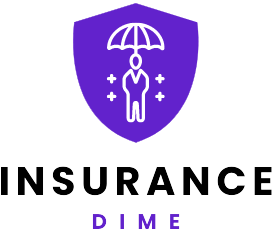Health insurance is a vital investment in your well-being, providing coverage for medical expenses and preventive care. However, navigating the world of health insurance can be overwhelming, especially with the myriad of plan types available. In this blog post, we’ll break down the basics of health insurance and help you understand the different plan types to choose the right one for your needs.
1. Health Maintenance Organization (HMO): HMO plans typically require you to select a primary care physician (PCP) who coordinates your healthcare and provides referrals to specialists when needed. These plans usually have lower premiums and out-of-pocket costs but require you to seek care within the plan’s network.
2. Preferred Provider Organization (PPO): PPO plans offer more flexibility in choosing healthcare providers and specialists. While you can see any doctor or specialist without a referral, you’ll pay less if you use providers within the plan’s network. PPO plans generally have higher premiums and out-of-pocket costs than HMO plans but provide greater freedom of choice.
3. Exclusive Provider Organization (EPO): EPO plans combine elements of both HMO and PPO plans. Like HMOs, they require you to use providers within the plan’s network but do not require a referral to see a specialist. EPO plans typically have lower premiums than PPO plans but may have more limited provider networks.
4. High-Deductible Health Plan (HDHP) with Health Savings Account (HSA): HDHPs have higher deductibles and lower premiums than traditional health insurance plans. They are often paired with HSAs, which allow you to save pre-tax dollars for medical expenses. HDHPs are suitable for individuals who are relatively healthy and want to save on premiums while still having coverage for catastrophic medical expenses.
5. Point of Service (POS): POS plans combine features of HMO and PPO plans. You’ll choose a primary care physician and need referrals for specialists like HMOs, but you can also see providers outside the network at a higher cost, similar to PPO plans.
6. Catastrophic Health Insurance: Catastrophic health insurance is designed for individuals under 30 or those who qualify for a hardship exemption. These plans have low premiums but high deductibles and primarily provide coverage for catastrophic medical events.
When choosing a health insurance plan, consider factors such as your healthcare needs, budget, and preferred level of flexibility. By understanding the different plan types available, you can make an informed decision that meets your healthcare needs and financial goals.
